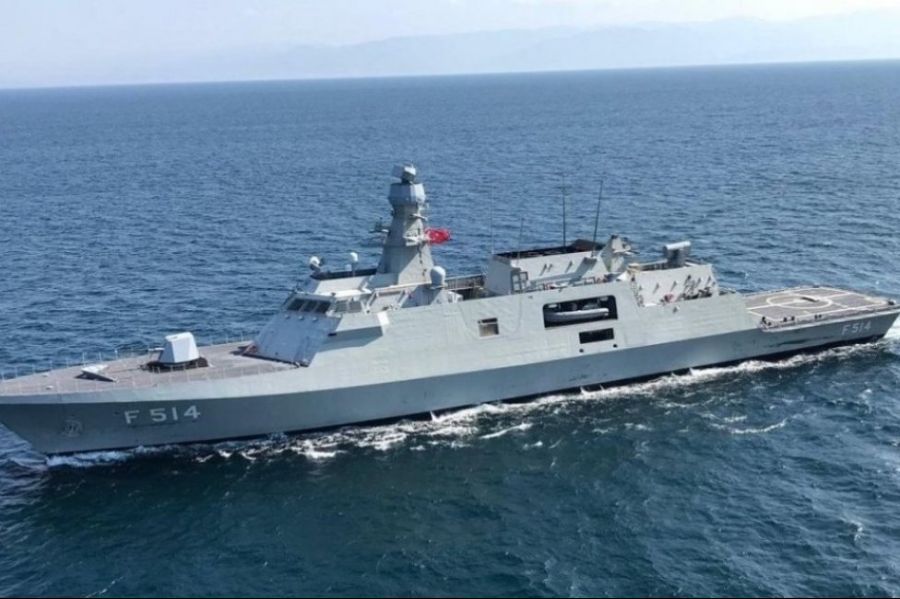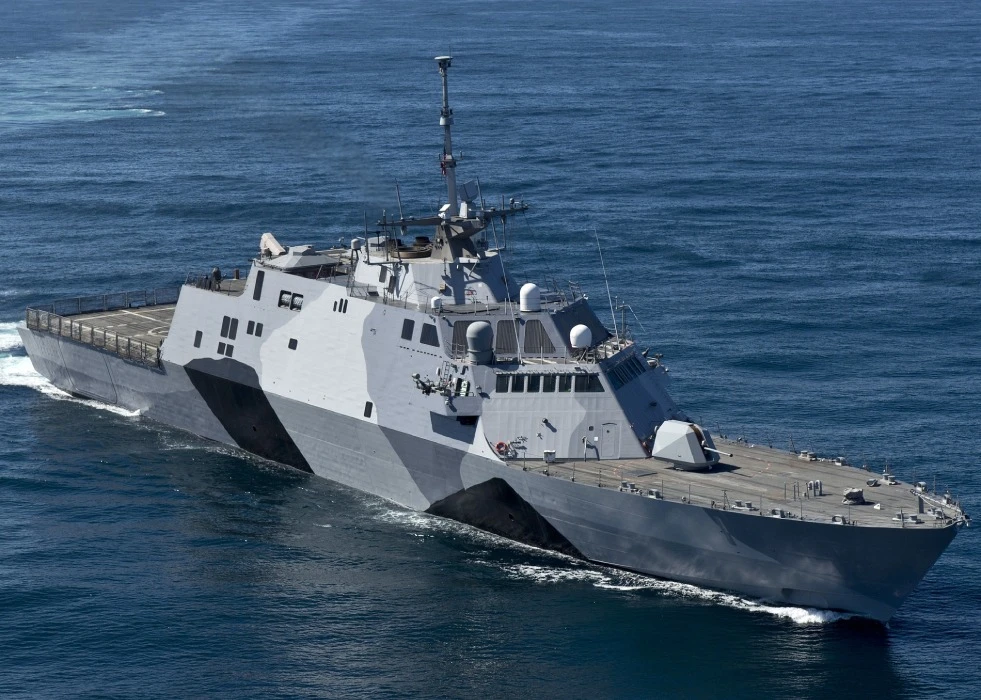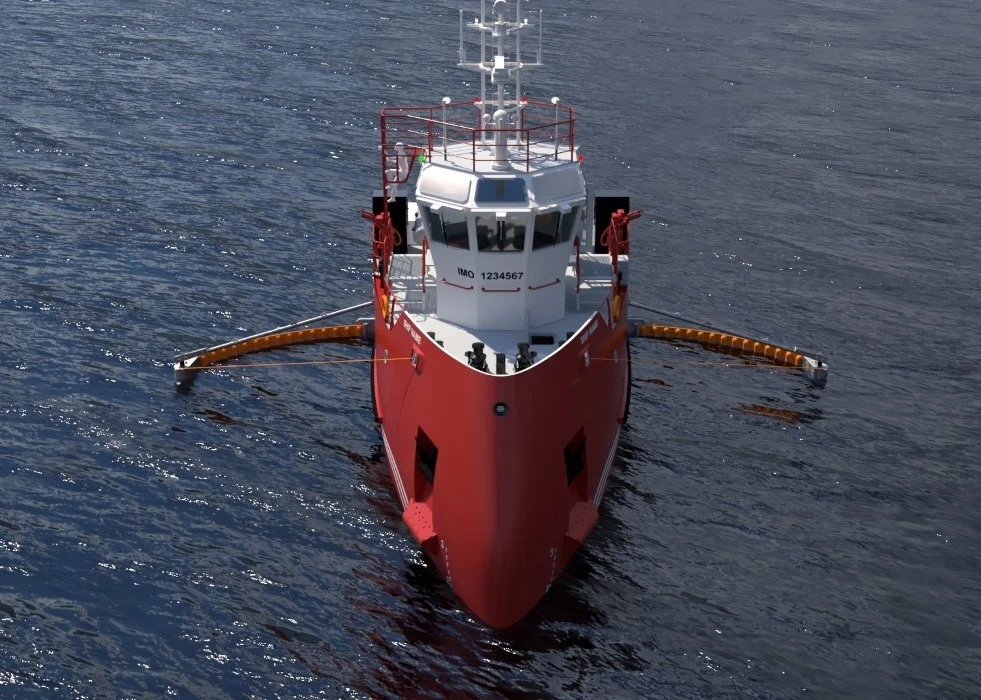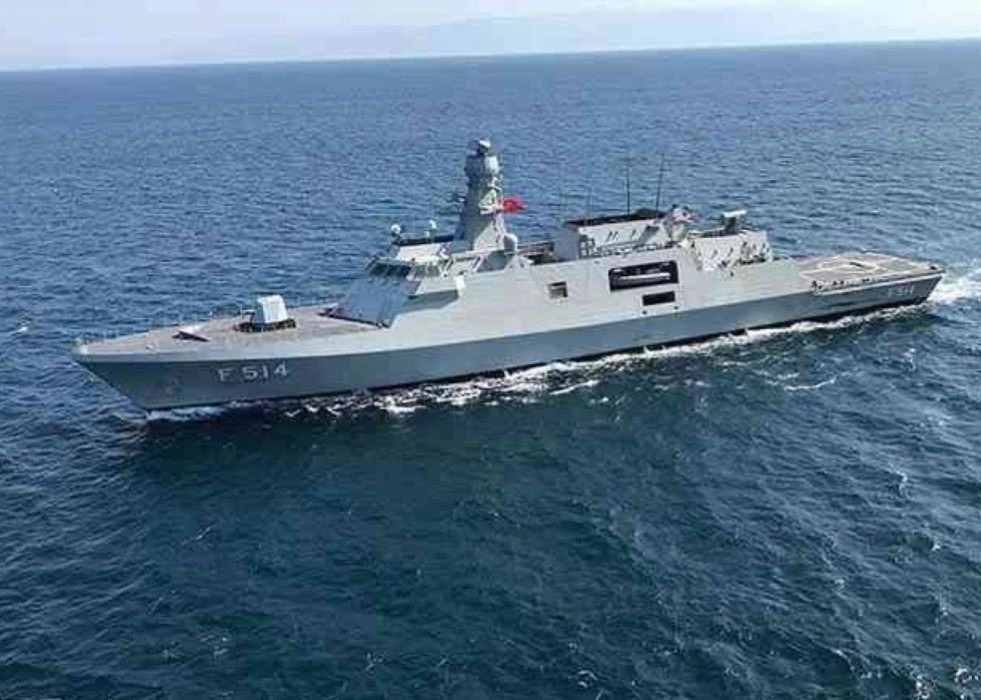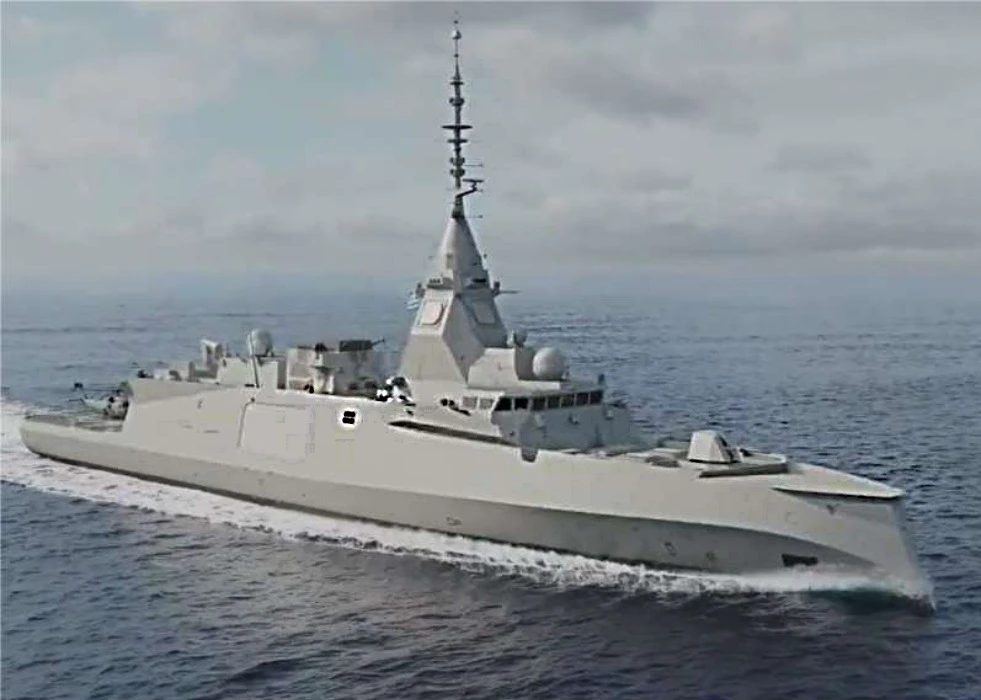According to the Ukrainian publication "Defense Express," the Ministry of Defence has chosen MBDA's VL MICA missile system for its Ada-Class corvette. However, it is unclear if the procurement would include the most modern VL MICA NG variant.
The deal for the VL MICA air defence missile system with MBDA is expected to be signed by the end of this year. According to the magazine, a fresh round of discussions between the Ministry of Defence and MBDA, the creator and producer of the VL MICA air defence missile system, took place in Kyiv last week.
During last week"s meetings, the parties agreed on the contract"s financial and technical parameters and the timetable for delivery, which should coincide with the progress of building and outfitting of the first of class and subsequent platforms.
The MBDA MICA air defence missile was developed primarily for low-displacement vessels such as corvettes and littoral frigates. MICA is now installed aboard frigate-class ships such as the Naval Group"s Gowind-Class (France), the SIGMA 10514 (the Netherlands), and the BAE Systems" Khareef.
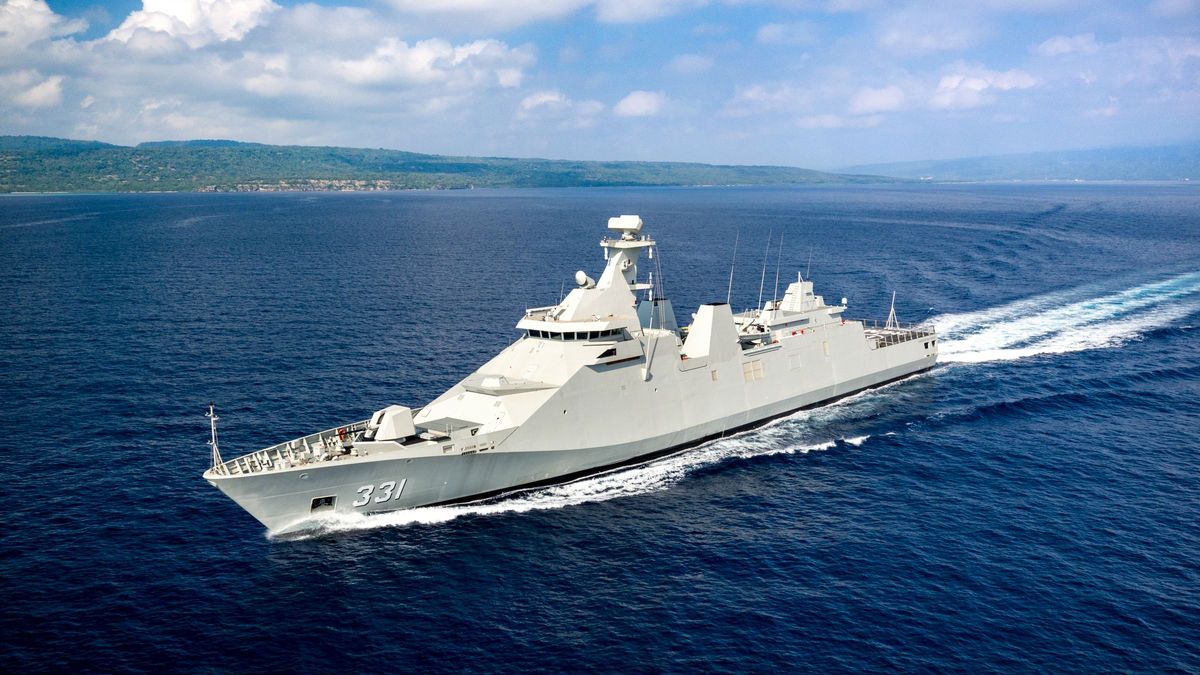
The VL MICA missile is equipped with infrared-homing and active radar guidance systems. In its naval variant, the missile has a range of 20 kilometres and an altitude of up to 9 kilometres. It can intercept supersonic missiles or extremely low-skimming cruise missiles at 3 Mach.
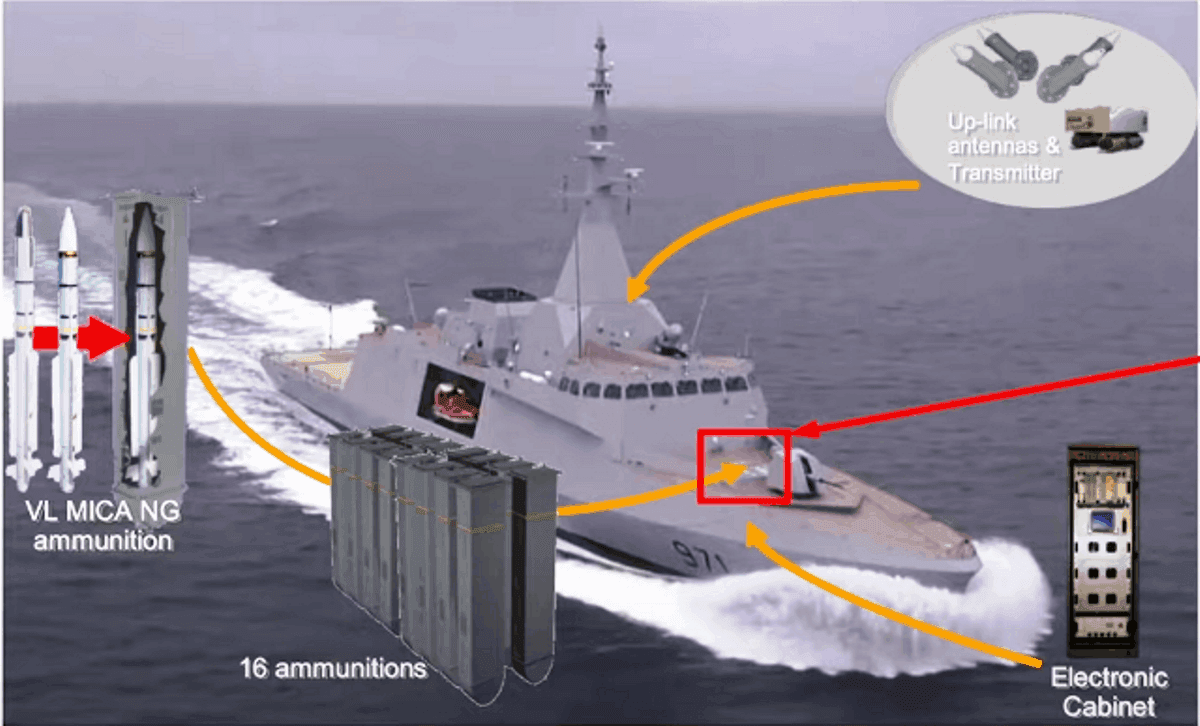
The VL MICA NG system is built on the current VL MICA system of the MICA NG (New Generation) anti-air missile. The new VL MICA NG system has enhanced capabilities for dealing with unconventional targets (UAVs, tiny aircraft) and future threats with progressively low detectable infrared and radio frequency fingerprints. It will also be capable of intercepting "conventional" targets (aircraft, helicopters, cruise missiles, and anti-ship missiles), which are currently addressed by the present VL MICA system.
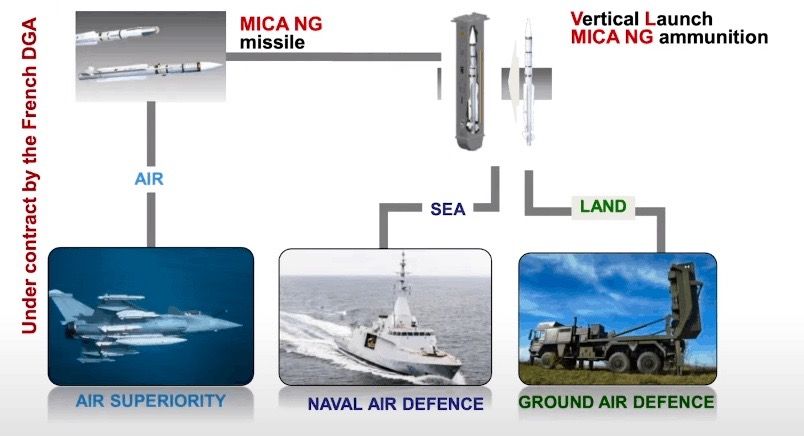
The MICA NG missile"s dimensions remain unaltered, allowing it to be incorporated into current VL MICA launchers. The existing missile data connection methods are compatible with the improved kinematic performance of the missiles, allowing current VL MICA systems to be updated to VL MICA NG standards with simple software upgrades.
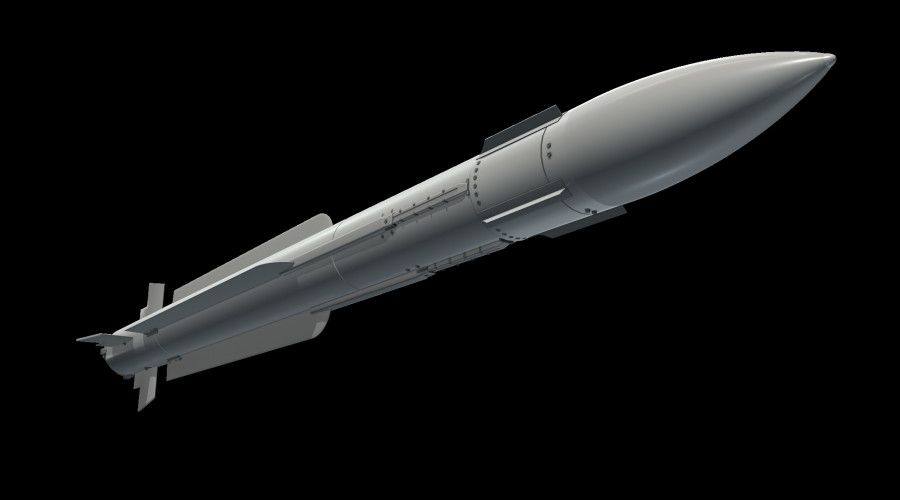
Based on an entirely new design, the MICA NG missile inherits the outward proportions and unique idea that have made the MICA anti-air missile such a success for the past quarter-century. This notion means that MICA has either an infrared or a radio frequency seeker on the same common missile body, allowing the operator to choose the optimum choice to respond to the adversary"s tactics at the time of launching.
A new infrared seeker based on a matrix sensor will give greater sensitivity to the MICA NG. A new radio frequency seeker with an active electronically scanned antenna (AESA) will, on the other hand, enable smart detection tactics. The lower volume of electronic components will allow the MICA NG to carry a larger load of propellant, extending its range significantly, and the new dual-pulse rocket motor will provide additional energy to the missile at the end of its flight, improving its manoeuvrability and ability to intercept targets at long range. The MICA NG can intercept targets up to 40 kilometres distant in surface-to-air mode.
The MICA NG missile will enter serial production in 2026, two years after Ukraine"s Navy is expected to receive its first-of-class, ready-for-trial Ada corvette outfitted with the entire weaponry anti-ship, surface-to-air, and gun artillery.
